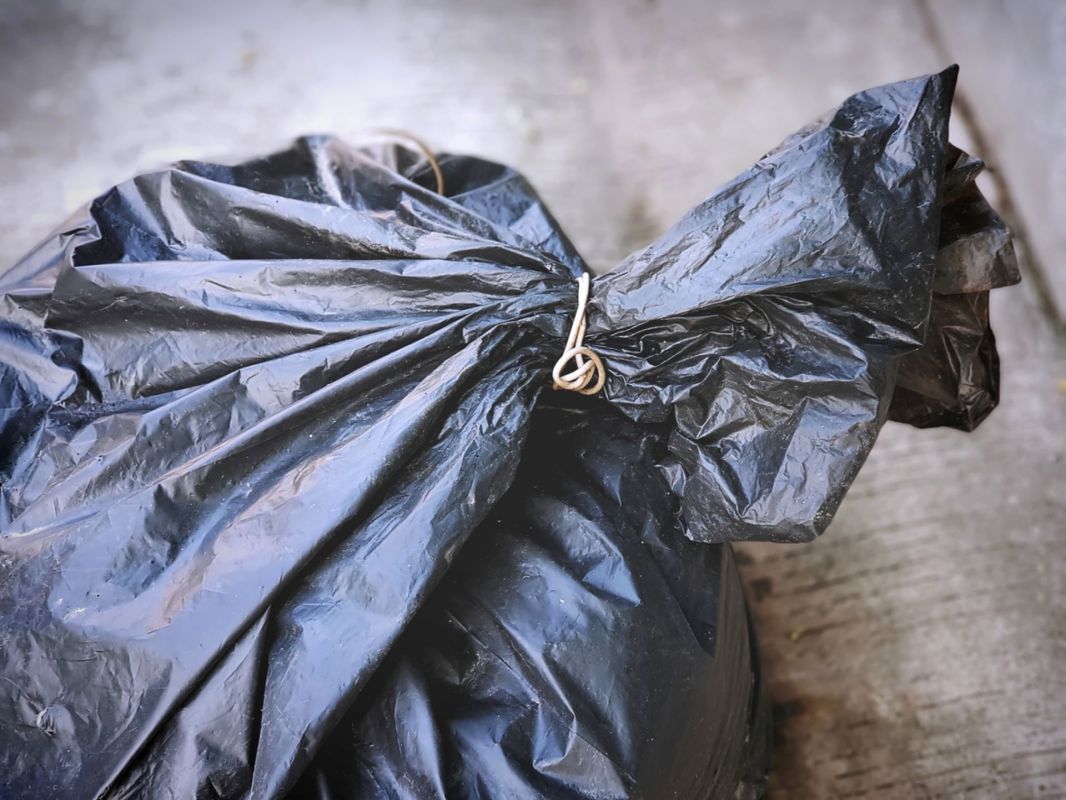No one likes the proverbial fly in the ointment. But what if the plastic jar that holds the ointment was made from a fly?
Researchers at Texas A&M are developing a way to use discarded soldier fly carcasses to make biodegradable plastics. If successful, this breakthrough could help to reduce the amount of plastic waste piling up in seemingly every corner of the planet (humans make about 386 million tons of it a year).
It all starts with soldier fly larvae, protein- and nutrient-rich specimens that are grown for animal food and other uses, according to a report on the research from the American Chemical Society (ACS).
Once the short-lived adults die, the bodies are typically thrown out.
"We're taking something that's quite literally garbage and making something useful out of it," Cassidy Tibbetts, an A&M graduate student working on the project, said in the ACS report.
A key part of the insects' exoskeletons is chitin, a nontoxic, sugar-based component that provides strength. Chitin is already "extracted" from certain crustaceans. ACS reported that the A&M team is using ethanol rinses, acids, and other techniques to pull a pure form of chitin from the fly bodies. Project lead Karen Wooley said using the fly remains in this way is likely a first.
Her team then completes some chemistry work on the chitin in the lab that creates bioplastics, including a "superabsorbent hydrogel." Since it can absorb 47 times its weight in water in about a minute, the researchers envision using it in the Texas crop soil to suck up excess rain. The water could then be slowly released during droughts, per ACS.
The team is now working to break the chitin down into small sugar particles, which will be used to make bioplastics. Other fly parts, including fatty acids and even DNA, can be used to help make plastic, as well.
These bioplastics will degrade instead of becoming pollution, according to ACS. That's important, as Statista projected plastic waste to triple by 2060.
But, that estimate doesn't factor in potential fly-based plastics, which Wooley envisions as being part of a "circular" system.
"Ultimately, we'd like the insects to eat the waste plastic as their food source, and then we would harvest them again and collect their components to make new plastics," she told ACS. "So the insects would not only be the source, but they would also then consume the discarded plastics."
Join our free newsletter for weekly updates on the coolest innovations improving our lives and saving our planet.









